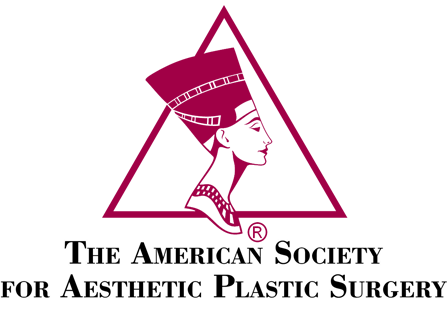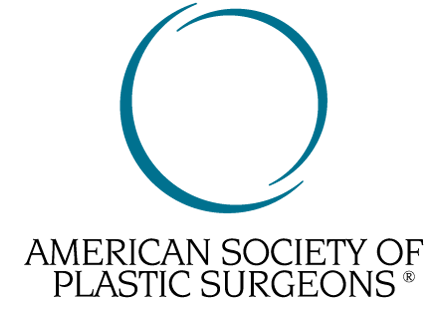Nasal surgery, scientifically known as rhinoplasty, is performed for many reasons. It can be done to alter the appearance of the nose or to aid a patient in better breathing. Regardless of the reason for the surgery, recovering from the operation has some common traits.
For most procedures, pain will be minimal to mild. While many patients only need over-the-counter pain relievers, Dr. Kulick will sometimes prescribe something stronger. The majority of your discomfort should begin to dissipate after 72 hours. If it increases instead, consult our office.
Four to six times a day starting on the first day after nose surgery, it is advisable to squirt saline mist spray into your nose and then apply petroleum jelly or antibiotic ointment. Doing so will minimize nasal crusting and make you feel much more comfortable.
Depending on the part of the nose that is involved, you will probably also see varying degrees of bruising and swelling. Patients often find that it is worse on the third or fourth day after the procedure, gradually improving thereafter. Swelling may happen around your eyes, and bruising may travel down into your cheeks in some cases.
During the first 24-48 hours after your operation, you can also expect to see bloody discharge coming from your nose. This is normal, and it explains why you are encouraged to change the “mustache” gauze dressing below your nose two to three times during the first two days post-surgery.
Most likely, you will also have a “splint” on your nose to protect the outside of your nose as well as nasal packing inside your nose. If only the tip of your nose was involved, the outer splint is often omitted. After five to seven days, both dressings will be removed. Relax; your appearance at this point is not what you will look like after the swelling has subsided. Your final result may take up to one year to become evident.
Removal of the internal splint dressing can be quite a relief, especially when it comes to the nasal stuffiness and excess throat mucus that most patients experience after surgery. Although annoying, these will gradually go away over the next few weeks.
Another common symptom you may experience for a few weeks after the procedure includes numbness of the tip of your nose, your front teeth or the roof of your mouth. This is a result of temporary disruption of some of the nerves in your nose. In addition, you may notice a temporary diminishing of your senses of taste and smell, all of which will return over the next few weeks. A great deal of what we feel regarding food “tasting good” is dependent upon our sense of smell.
Finally, be aware that the initial appearance of your nose is somewhat distorted and does not reflect the finished product. Post-surgical swelling will make your nose look broader than you may like, and the tip may be more upturned than you desire. Fortunately, these effects will dissipate once the swelling goes down.
Recovering from nose surgery is generally easy with only mild pain. The greatest anxiety is related to actually committing to do this procedure, which is best handled by communication with your plastic surgeon before your nasal surgery. However, call Dr. Kulick if you experience a fever over 100 degrees, significant bleeding from your nose or severe pain that does not lessen with prescribed medications. These symptoms are rare; most patients find recovery from nasal surgery to be easy and uneventful. Before you know it, the discomfort will be behind you, leaving you with the nose you have always wanted.









